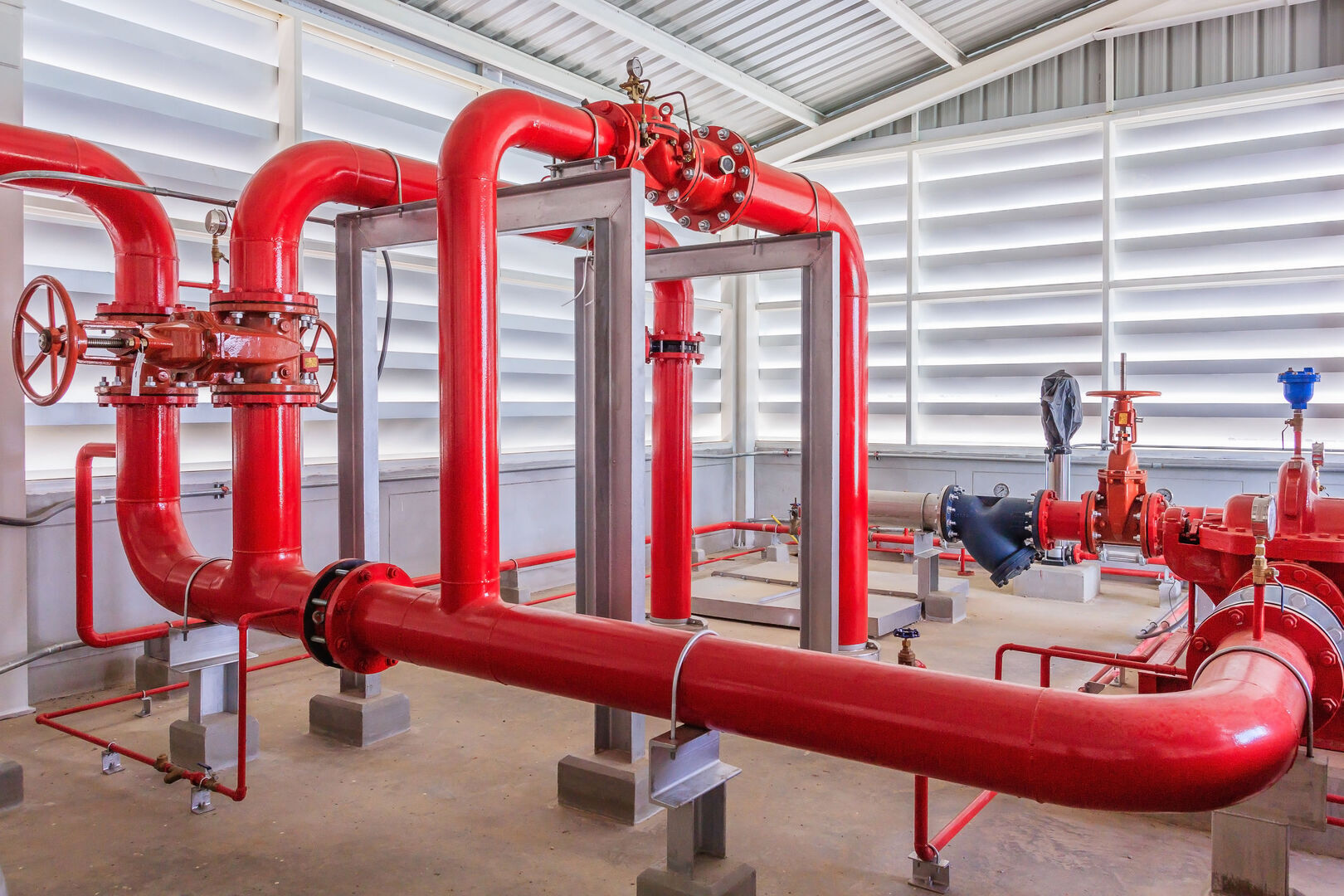When fire breaks out, a fire water pump is a life-saving device that ensures that the sprinkler system has enough water pressure. These pumps are usually located in a separate storage tank from the building’s main water supply.
Fire pumps must be regularly inspected and tested for performance. The inspection and testing is typically done by a licensed professional.
Horizontal Split Cases
Many facilities use horizontal split case fire pumps for their sprinkler systems, but these fire water pump types also can be found in cooling towers and industrial applications requiring low to medium pressure. They are very reliable, offer a wide range of rated flow and pressure capacities and work well with electric motor or diesel engine drivers. However, they need the most space of all fire water pump options.
NFPA 20 requires fire pumps to meet demanding performance criteria to ensure reliability in system operation. This includes the ability to avoid cavitation and maintain a stable decreasing Q and H curve.
When selecting the proper fire pump, look at the factory-certified horsepower curve to see where it peaks and begins to fall. Any power requirements that are flowing above this point could indicate the driver has not been properly sized for the application and violates UL and FM standards. This is especially important for split-case fire pumps as they are sensitive to issues related to ring clearances.
Electric Motor-Powered Engines
Many fire pump systems use electric motor-powered engines. They’re generally cheaper and require less maintenance and inspections than diesel engines. However, they can be rendered useless in the event of a power outage. This requires the system to be backed up by an emergency generator.
Fire water pumps operate on the principles of centrifugal force and spinning. Water enters the suction inlet of the pump, then moves to the center of the impeller where it is pushed toward the discharge port by the rotation of the engine. This creates pressure that propels the water out of the pump.
Engineers sizing fire pumps must consider cavitation and NPSH (Net Positive Suction Head). Cavitation occurs when small vapor pockets are produced in the pump. When the vapor pockets reach an area of high pressure within the pump, they implode and damage components such as the impeller. NPSH is the suction pressure drop across the pump’s internal components when it is operating at full load.
On-Site Water Storage Tanks
Fire water tanks are often used in conjunction with hydrants and sprinkler systems when a building’s municipally-supplied water isn’t adequate for fire flow. In these cases, the NFPA requires an on-site water storage tank to provide sufficient fire flow.
The water tanks should be sized based on the fire hazard risk of the facility, including fire rated capacity, nozzles, and fire pump performance. They also need to be large enough to maintain system pressure above a minimum set point (typically 7 barg) at the most distant hydrant and at the fire water pump rated flow rate.
The tank needs to have a pressure maintenance or jockey pump installed to ensure that the header is kept at a constant head and that no pressure fluctuations occur, especially during a fire event. This may require a VFD controller, depending on the overall hydraulic design of the system. Alternatively, a pressure-reducing valve (PRV) may be required to control the pressure of the water within the tank and prevent excessively high power consumption in the pump.
Control Panels
The fire water pump system’s control panel is a circuit breaker, switches and relays dedicated to controlling and operating the motor-driven fire pumps. It receives signals from alarm devices such as pressure operated switches or sprinkler alarm valves; activates motor control devices to provide electric power to the fire pumps; and monitors fire pump operation and performance.
It also incorporates a built-in emergency power transfer switch equipment to supply electricity in the event of a utility failure or loss of normal power to the fire pumps. This is a vital component that provides the highest level of safety for fire pumps, and its presence is a requirement to pass acceptance tests. Advanced controllers can greatly facilitate the implementation of maintenance schedules, and even identify hidden weaknesses in an installation, thanks to their detailed systems of permanent data capture, analysis algorithms and means of informing technical personnel in the field or remotely of the results obtained.
